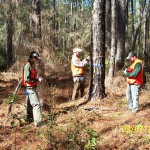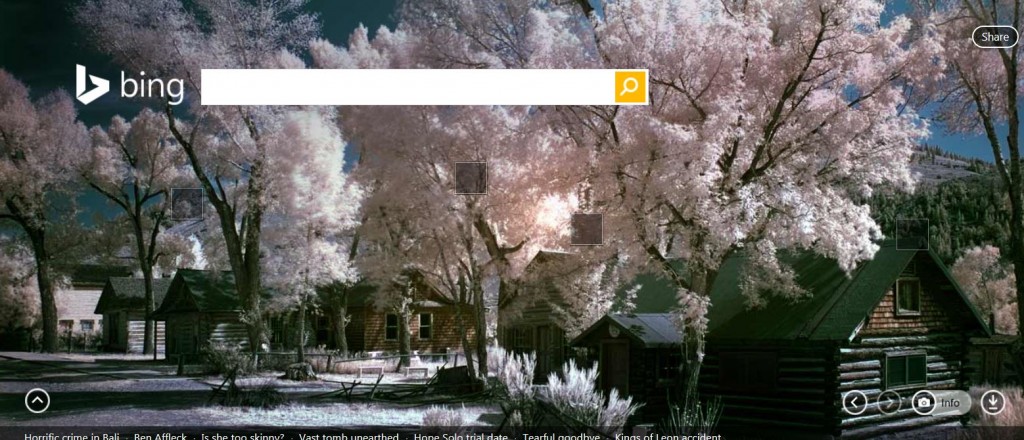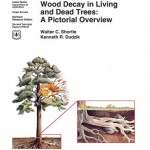 Last month, after some three years of planning, the Board of Regents of the University System of Georgia approved ABAC’s request to offer a Bachelor of Applied Science (B.A.S.) degree in Natural Resource Management (NRM) with separate majors in Forestry and in Wildlife Management. This degree is fundamentally different from the Bachelor of Science (B.S.) degree offered by universities in that the Associate of Applied Science (A.A.S.) degree is the foundation for the baccalaureate degree. Our students go through the appropriate A.A.S. degree program (Forest Technology or Wildlife Technology) on their way to the desired BAS-NRM major (Forestry or Wildlife Management).
Last month, after some three years of planning, the Board of Regents of the University System of Georgia approved ABAC’s request to offer a Bachelor of Applied Science (B.A.S.) degree in Natural Resource Management (NRM) with separate majors in Forestry and in Wildlife Management. This degree is fundamentally different from the Bachelor of Science (B.S.) degree offered by universities in that the Associate of Applied Science (A.A.S.) degree is the foundation for the baccalaureate degree. Our students go through the appropriate A.A.S. degree program (Forest Technology or Wildlife Technology) on their way to the desired BAS-NRM major (Forestry or Wildlife Management).
Students who target a standard B.S. program typically take few if any forestry or wildlife courses the first two years. After completing their Associate of Science (A.S.) degree, if they are unable to continue on for the B.S. degree they have only a generic associate’s degree which has not specifically prepared them to work in the natural resource field. The failure to continue on for the B.S. degree may be due to financial considerations, or may be the result of failure to achieve the minimum grade point average (GPA) for transfer to a university program. In our state, the minimum GPA for entrance to the Warnell School of Forestry & Natural Resources at the University of Georgia has risen substantially in recent years as the University practices “population control” through rising admission standards. Warnell is unable to admit many students that they would like to have, and in the past these students have had no other in-state path to a baccalaureate degree in the field of natural resources.
We think that our BAS degree is attractive for the following reasons. If students in the BAS-NRM program decide to enter the workforce after the first two years, they have a marketable degree (AAS in Forestry or Wildlife) that is prized by employers and prepares them for a career in their chosen field. If they do continue on for the BAS degree they have had the same “hands-on” field-oriented education that employers have always appreciated in our AAS graduates.
Students in Forest Technology or Wildlife Technology programs at other institutions are welcome to apply to ABAC to pursue the BAS-NRM degree. Those coming from Southern Regional Education Board undergraduate Academic Common Market states (Alabama, Arkansas, Delaware, Georgia, Kentucky, Louisiana, Maryland, Mississippi, Oklahoma, South Carolina, Tennessee, Virginia, and West Virginia) should be able to attend at in-state tuition rates. Those from other states may be able to get an out-of-state tuition waiver (and thus pay tuition at in-state rates), especially if they are excellent students. We would be glad to work out articulation agreements with any institutions that are interested.

Dr. Rod Brown, Head
Department of Forest Resources
Degree Flowchart






